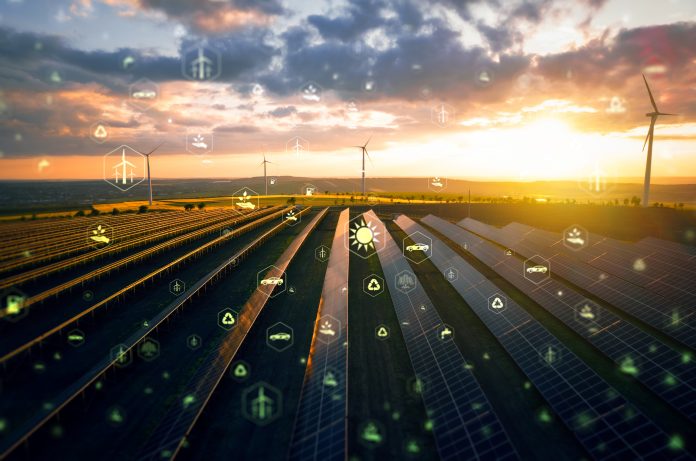Across Europe, farmers must feed a growing population while contending with rising energy costs, erratic weather, and increasing pressure on natural resources
Although this is creating a significant challenge, opportunities also lie within it. Agriculture is emerging not just as a victim of climate change, but as a driving force behind Europe’s green transition.
Turing fields into energy hubs
Through the HarvRESt project, supported by Climate KIC, farmers, researchers, and innovators are exploring practical ways to integrate renewable energy sources into agricultural systems. Their goal is to demonstrate how clean energy technologies can reduce emissions, enhance farm resilience, and create new economic opportunities for rural communities.
In the EU-27, fossil fuel use accounts for about 17% of agricultural greenhouse gas emissions. Replacing this with renewable energy is key to achieving climate neutrality. However, the benefits extend far beyond emissions reductions. Renewable energy can shield farms from volatile energy markets, boost local energy security, and strengthen rural economies.
Using the wind
Wind energy offers a steady source of renewable power for farms and an opportunity to diversify income. However, success depends heavily on local conditions. The HarvRESt project found that careful turbine placement and crop selection are crucial for avoiding disruptions to wildlife and maintaining food production.
Wind turbines can be particularly effective in grazing areas, where they do not compete for arable land. Some farms are also testing hybrid systems that combine wind and solar to ensure consistent energy generation day and night.
The promise of Agrivoltaics
Solar energy, especially agrivoltaics, is transforming the way farmland is used. By elevating solar panels above crops, farmers can produce electricity while continuing to grow food. This approach can improve soil moisture retention, create cooler microclimates, and even enhance biodiversity. Tailoring solar installations to different crops and landscapes is essential, as is ongoing performance monitoring. The social side matters too, involving local communities and forming energy cooperatives, which helps build trust and ensures that the benefits are shared.
Circular solutions from biomass
Biomass energy turns agricultural residues into a valuable resource. Instead of burning or discarding crop leftovers, farmers can use them to produce renewable heat or electricity.
When done carefully, this approach reduces waste and methane emissions, lowers disposal costs, and supports soil health. Aligning biomass systems with farming cycles ensures they remain sustainable and do not compete with food production.
In some regions, micro-hydropower and geothermal systems offer site-specific opportunities. Small turbines can be fitted into irrigation networks using Pump-as-Turbine technology, generating electricity without major infrastructure. Meanwhile, geothermal heat can provide consistent warmth to greenhouses throughout the year, particularly when combined with heat pumps. These localised systems show that renewable solutions must always reflect regional conditions and available resources.
Building knowledge and community
Technology alone cannot drive change. Farmers need access to training, trusted information, and cooperation networks. When they share ownership through cooperatives or local partnerships, they build the necessary confidence and capacity to innovate.
Renewable energy should complement broader climate-smart farming strategies such as agroforestry, manure management, and soil carbon enhancement. Together, these approaches create more resilient, low-emission farming systems.
Through projects like HarvRESt, Climate KIC is helping Europe’s farms evolve from passive energy consumers into active producers.











